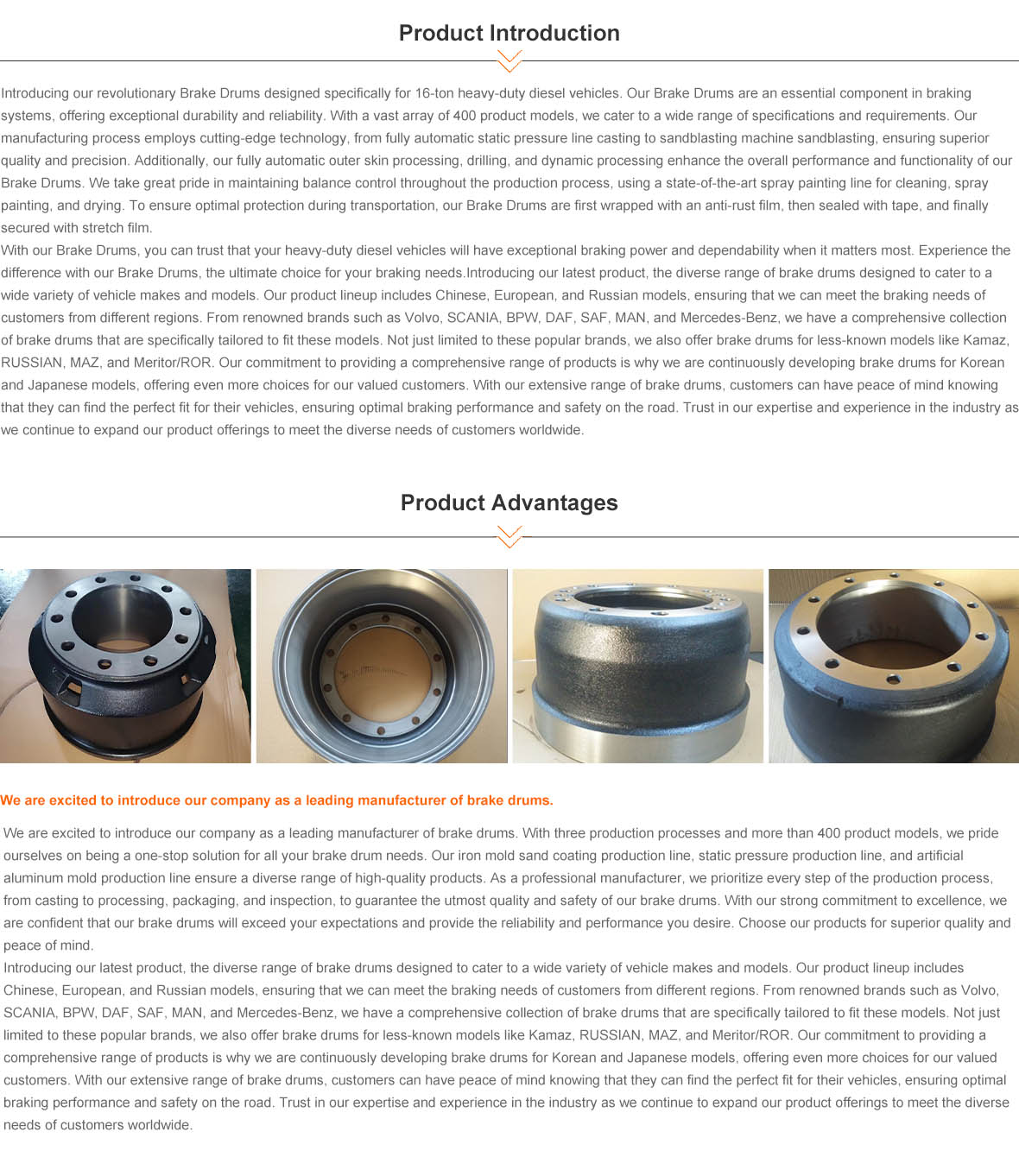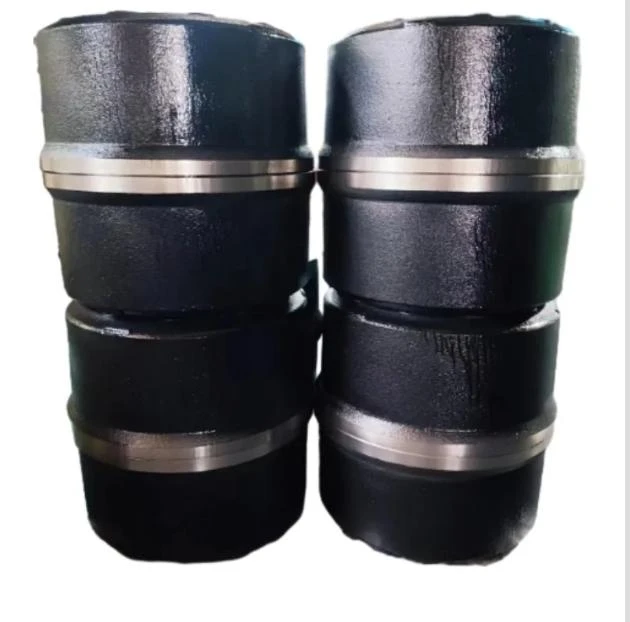
-
 Afrikaans
Afrikaans -
 Albanian
Albanian -
 Amharic
Amharic -
 Arabic
Arabic -
 Armenian
Armenian -
 Azerbaijani
Azerbaijani -
 Basque
Basque -
 Belarusian
Belarusian -
 Bengali
Bengali -
 Bosnian
Bosnian -
 Bulgarian
Bulgarian -
 Catalan
Catalan -
 Cebuano
Cebuano -
 Corsican
Corsican -
 Croatian
Croatian -
 Czech
Czech -
 Danish
Danish -
 Dutch
Dutch -
 Angličtina
Angličtina -
 Esperanto
Esperanto -
 Estonian
Estonian -
 Finnish
Finnish -
 French
French -
 Frisian
Frisian -
 Galician
Galician -
 Georgian
Georgian -
 German
German -
 Greek
Greek -
 Gujarati
Gujarati -
 Haitian Creole
Haitian Creole -
 hausa
hausa -
 hawaiian
hawaiian -
 Hebrew
Hebrew -
 Hindi
Hindi -
 Miao
Miao -
 Hungarian
Hungarian -
 Icelandic
Icelandic -
 igbo
igbo -
 Indonesian
Indonesian -
 irish
irish -
 Italian
Italian -
 Japanese
Japanese -
 Javanese
Javanese -
 Kannada
Kannada -
 kazakh
kazakh -
 Khmer
Khmer -
 Rwandese
Rwandese -
 Korean
Korean -
 Kurdish
Kurdish -
 Kyrgyz
Kyrgyz -
 Lao
Lao -
 Latin
Latin -
 Latvian
Latvian -
 Lithuanian
Lithuanian -
 Luxembourgish
Luxembourgish -
 Macedonian
Macedonian -
 Malgashi
Malgashi -
 Malay
Malay -
 Malayalam
Malayalam -
 Maltese
Maltese -
 Maori
Maori -
 Marathi
Marathi -
 Mongolian
Mongolian -
 Myanmar
Myanmar -
 Nepali
Nepali -
 Norwegian
Norwegian -
 Norwegian
Norwegian -
 Occitan
Occitan -
 Pashto
Pashto -
 Persian
Persian -
 Polish
Polish -
 Portuguese
Portuguese -
 Punjabi
Punjabi -
 Romanian
Romanian -
 Russian
Russian -
 Samoan
Samoan -
 Scottish Gaelic
Scottish Gaelic -
 Serbian
Serbian -
 Sesotho
Sesotho -
 Shona
Shona -
 Sindhi
Sindhi -
 Sinhala
Sinhala -
 Slovak
Slovak -
 Slovenian
Slovenian -
 Somali
Somali -
 Spanish
Spanish -
 Sundanese
Sundanese -
 Swahili
Swahili -
 Swedish
Swedish -
 Tagalog
Tagalog -
 Tajik
Tajik -
 Tamil
Tamil -
 Tatar
Tatar -
 Telugu
Telugu -
 Thai
Thai -
 Turkish
Turkish -
 Turkmen
Turkmen -
 Ukrainian
Ukrainian -
 Urdu
Urdu -
 Uighur
Uighur -
 Uzbek
Uzbek -
 Vietnamese
Vietnamese -
 Welsh
Welsh -
 Bantu
Bantu -
 Yiddish
Yiddish -
 Yoruba
Yoruba -
 Zulu
Zulu
Led . 26, 2025 06:31
Zpět na seznam
disk and drum brakes difference
The automotive industry continues to evolve, with safety and performance paramount. One critical decision for car manufacturers and enthusiasts is between disk and drum brakes. Understanding their differences, functionalities, and applications will help in making informed decisions, whether you're selecting a braking system for a newly manufactured car or upgrading an existing vehicle.
In terms of environmental adaptability, disk brakes perform well across diverse weather conditions. Due to their open design, water and debris are less likely to impair functionality, making them reliable in rain or mud. Conversely, drum brakes can trap debris, which might affect performance until cleaned, although they remain competitive in dry climates where such issues are minimal. For manufacturers and professionals in the automotive sector, understanding the specificities of each brake type assists in crafting a braking solution that best fits their requirements. Disk brakes might be more suitable for sports cars and performance-oriented vehicles due to their rapid heat dissipation and swift stopping capabilities. Drum brakes, however, are advantageous for vehicles that prioritize cost-effectiveness and longevity, such as trucks and commercial vehicles, where reliability over extensive distances without costly interventions holds precedence. Maintenance professionals stress the importance of regular inspections regardless of the brake system chosen. Disk brakes, though requiring less frequent attention, benefit from periodic pad checks and rotor replacement to maintain optimal performance. Drum brakes demand occasional adjustments and shoe lining reviews to ensure safety and efficiency. In conclusion, both disk and drum brakes provide unique benefits tailored to different driving conditions and vehicle specifications. By analyzing performance needs, cost limitations, and maintenance expectations, manufacturers and users can choose a braking system that not only meets their immediate requirements but also complements the vehicle's overall design strategy. Leveraging these insights can significantly enhance the car's safety profile and performance metrics, aligning with broader automotive trends toward improved driving experiences and reliability.


In terms of environmental adaptability, disk brakes perform well across diverse weather conditions. Due to their open design, water and debris are less likely to impair functionality, making them reliable in rain or mud. Conversely, drum brakes can trap debris, which might affect performance until cleaned, although they remain competitive in dry climates where such issues are minimal. For manufacturers and professionals in the automotive sector, understanding the specificities of each brake type assists in crafting a braking solution that best fits their requirements. Disk brakes might be more suitable for sports cars and performance-oriented vehicles due to their rapid heat dissipation and swift stopping capabilities. Drum brakes, however, are advantageous for vehicles that prioritize cost-effectiveness and longevity, such as trucks and commercial vehicles, where reliability over extensive distances without costly interventions holds precedence. Maintenance professionals stress the importance of regular inspections regardless of the brake system chosen. Disk brakes, though requiring less frequent attention, benefit from periodic pad checks and rotor replacement to maintain optimal performance. Drum brakes demand occasional adjustments and shoe lining reviews to ensure safety and efficiency. In conclusion, both disk and drum brakes provide unique benefits tailored to different driving conditions and vehicle specifications. By analyzing performance needs, cost limitations, and maintenance expectations, manufacturers and users can choose a braking system that not only meets their immediate requirements but also complements the vehicle's overall design strategy. Leveraging these insights can significantly enhance the car's safety profile and performance metrics, aligning with broader automotive trends toward improved driving experiences and reliability.
Předchozí:
Další:
Poslední zprávy
-
Rear Drum Brakes Maintenance TipsZprávyAug.04,2025
-
Key Components Affecting Brake Drum FunctionZprávyAug.04,2025
-
Important Inspection for Truck Drum BrakeZprávyAug.04,2025
-
How to Prepare for Changing Rear Drum BrakesZprávyAug.04,2025
-
Essential Tools for Cleaning Drum Brakes ProperlyZprávyAug.04,2025
-
Brake Drum Function GuideZprávyAug.04,2025
-
Safety Features of Red Brake DrumsZprávyAug.01,2025
